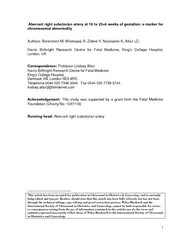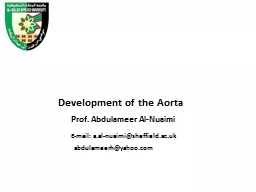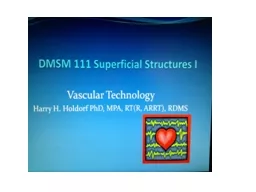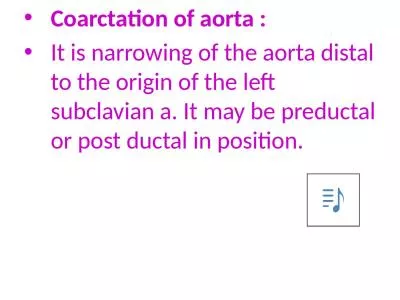PDF-Aberrant right subclavian artery at to weeks of gest
Author : cheryl-pisano | Published Date : 2015-04-21
Harris Birthright Research Centre for Fetal Medicine Kings College Hospital London UK Correspondence Professor Lindsey Allan Harris Birthright Research Centre for
Presentation Embed Code
Download Presentation
Download Presentation The PPT/PDF document "Aberrant right subclavian artery at to ..." is the property of its rightful owner. Permission is granted to download and print the materials on this website for personal, non-commercial use only, and to display it on your personal computer provided you do not modify the materials and that you retain all copyright notices contained in the materials. By downloading content from our website, you accept the terms of this agreement.
Aberrant right subclavian artery at to weeks of gest: Transcript
Download Rules Of Document
"Aberrant right subclavian artery at to weeks of gest"The content belongs to its owner. You may download and print it for personal use, without modification, and keep all copyright notices. By downloading, you agree to these terms.
Related Documents














